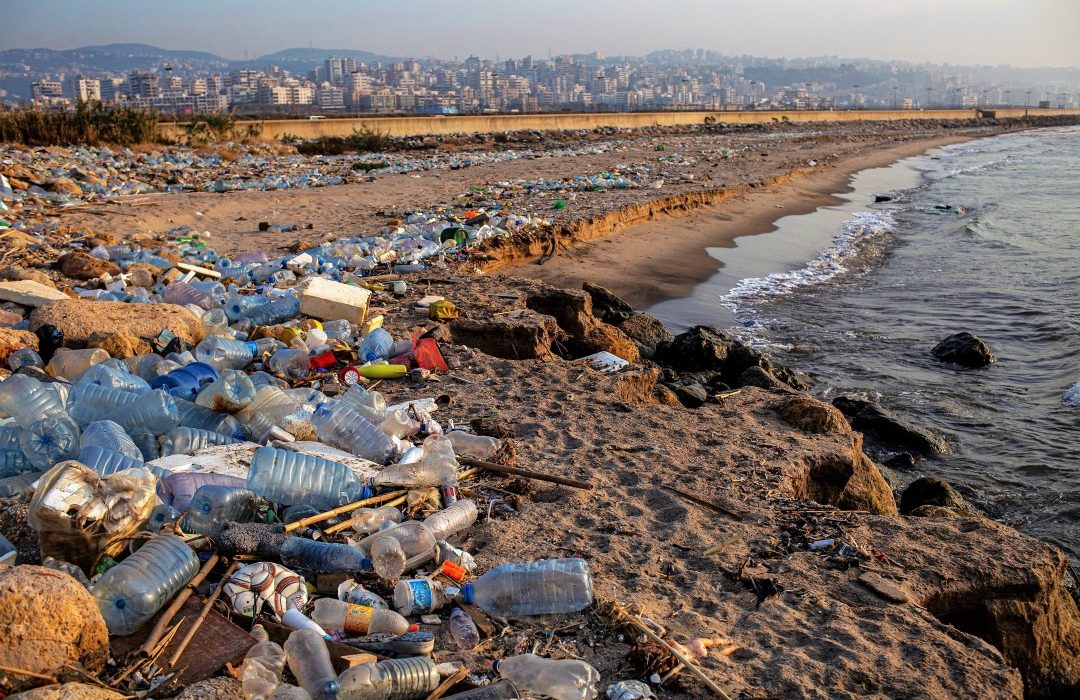Plastic pollution and floating debris constitute an ever-growing menace to our oceans, vividly demonstrated by the sprawling Great Pacific Garbage Patch (GPGP). Despite large-scale initiatives, such as those spearheaded by The Ocean Cleanup, effectively tackling major debris accumulations, the persistent issue of littering along coastlines and local waterways continues to threaten biodiversity. This localized pollution exacts a toll on aquatic life, leading to illnesses and reproductive complications. In response to the urgent need for localized and innovative solutions, the Pixie Drone has emerged as a promising tool for combatting water pollution on a smaller scale. As a proactive measure to address the escalating challenges posed by plastic waste, this cutting-edge technology aims to provide effective debris removal, offering a beacon of hope for safeguarding our oceans and the diverse ecosystems they support.
The Pixie Drone and its Creators
The Pixie Drone, developed by The Searial Cleaners in collaboration with 4ocean, is a robotic solution designed to clean shorelines of floating debris, including plastics, glass, metal, and cloth. Unlike larger initiatives, this drone focuses on compact, localized cleanup efforts without causing harm to aquatic life. The collaboration between The Searial Cleaners and 4ocean highlights the importance of partnerships in developing effective solutions to combat plastic pollution.
Pixie Drone’s Design and Features
The Pixie Drone distinguishes itself with a compact design, measuring 64 inches in length and 45.5 inches in width. This smaller size allows the drone to navigate hard-to-reach areas along coastlines where larger interventions may prove impractical. Despite its compactness, the Pixie Drone boasts high operating capacities. In autonomous mode, it can operate for up to six hours, covering large areas efficiently without constant supervision. Additionally, the drone’s internal basket has a substantial volume capacity of 160 liters, enabling it to hold up to 132 pounds of waste.
Versatility Across Water Environments
One of the Pixie Drone’s key strengths lies in its adaptability across different water environments. This drone is not limited to saltwater cleanup; it can effectively operate in freshwater and brackish water as well. This versatility enhances the Pixie Drone’s utility, ensuring it can address pollution issues in a wide range of aquatic ecosystems, further solidifying its role as a holistic solution for coastlines and waterways.
User-Friendly Operation and Gamified Experience
A standout feature of the Pixie Drone is its user-friendly operation. The drone can be remote-controlled or operate autonomously by following a predefined path set through a corresponding tracking app. The incorporation of a small camera linked to the remote controller adds a gamified element to the cleanup process. Navigating the drone becomes akin to playing a real-life Pac-Man, where the machine “eats” floating aquatic debris. This gamification not only simplifies the operation but also serves as an educational tool, encouraging active participation in environmental conservation.
Efficiency and Impact on Cleanup
In its commitment to combating plastic pollution, the Pixie Drone shines as a model of efficiency despite its compact size. The drone’s remarkable six-hour autonomous operation capability empowers it to cover extensive areas, maximizing its impact on water surface cleanup. This extended operational duration minimizes the need for frequent interruptions, ensuring a sustained effort in removing floating debris. The Pixie Drone’s efficiency is further underscored by its substantial waste-holding capacity, allowing it to amass and contain up to 132 pounds of waste in its internal basket.
Beyond sheer operational capabilities, the Pixie Drone’s targeted approach proves invaluable. With precision, it navigates and addresses hard-to-reach areas along coastlines, strategically minimizing the impact of plastic pollution on local ecosystems. This targeted cleanup strategy significantly enhances the Pixie Drone’s effectiveness, making it a potent ally in the ongoing battle against the detrimental effects of plastic waste on our fragile aquatic environments.
Fostering Environmental Awareness and Community Engagement
The Pixie Drone’s gamified approach to cleanup not only simplifies the process but also serves as a catalyst for environmental awareness and community engagement. By turning debris removal into an interactive experience reminiscent of a video game, the Pixie Drone encourages people to actively participate in maintaining a clean environment. This innovative approach transforms what could be perceived as a laborious and mundane task into an enjoyable and educational activity, fostering a sense of responsibility and connection to environmental stewardship.
A Beacon of Hope in the War against Plastic Pollution
In the relentless battle against plastic pollution, the Pixie Drone stands out as a beacon of hope, representing a localized, efficient, and engaging solution to cleanse our coastlines and waterways. Its compact design, coupled with versatility and gamified operation, positions it as a promising tool in addressing the escalating threat of plastic pollution on smaller scales.
The Pixie Drone’s compact form, measuring 64 inches in length and 45.5 inches in width, allows it to navigate challenging and hard-to-reach coastal areas where larger interventions may falter. Its versatility extends across freshwater, brackish water, and saltwater environments, ensuring a comprehensive approach to combat pollution in diverse aquatic ecosystems.
In essence, the Pixie Drone represents a paradigm shift in the approach to plastic pollution. It not only offers tangible results in cleaning up our waterways but also engages communities in the collective effort to preserve our planet. As we navigate the challenging waters of environmental conservation, the Pixie Drone stands as a testament to innovation, collaboration, and the potential for positive change in the fight against plastic pollution.

